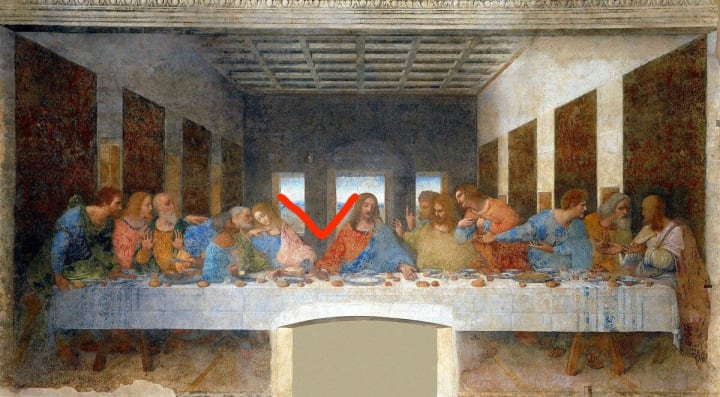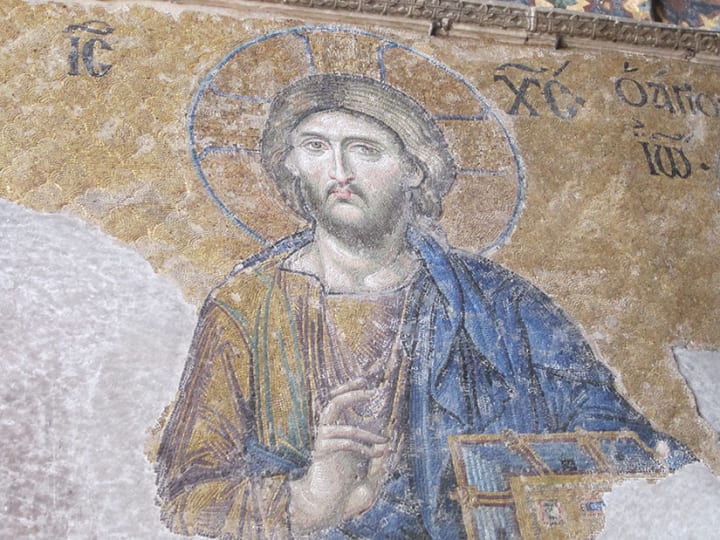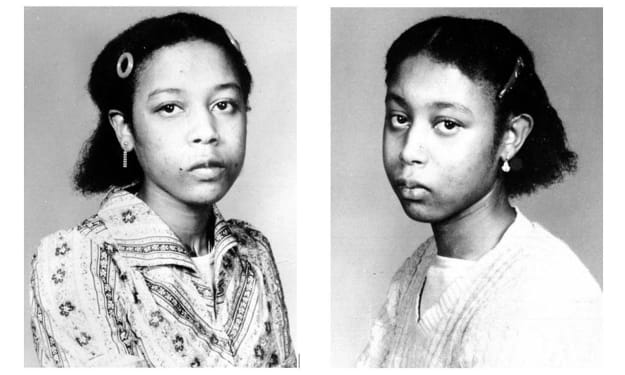The Last Supper Mystery
Decoding the Da Vinci Code's Controversial Interpretation

The Last Supper mystery has been a topic of fascination and speculation for centuries, and it has taken on a new life in Dan Brown's best-selling novel, "The Da Vinci Code". The book, which was released in 2003, has been a controversial and much-debated work of fiction, with many of its claims being challenged by scholars, historians, and religious leaders. At the center of the story is the Last Supper, one of the most famous works of art in the world, painted by the Italian master Leonardo da Vinci. The painting has been the subject of much analysis and interpretation, and in "The Da Vinci Code", Brown presents a new and intriguing theory about what it really depicts.
The Last Supper, which was painted in the late 15th century, is a fresco located in the Convent of Santa Maria delle Grazie in Milan, Italy. It depicts the final meal that Jesus Christ shared with his disciples before his crucifixion. In the traditional interpretation of the painting, Jesus is shown breaking bread with his disciples and announcing that one of them will betray him. However, in "The Da Vinci Code", Brown presents a completely different interpretation of the painting.
According to the novel, the Last Supper was not just a simple meal, but a secret meeting between Jesus and his disciples. In the book, Brown claims that the Last Supper was actually a celebration of the union of Jesus and Mary Magdalene, who, according to Brown, were married and had children together. The painting, Brown claims, is a representation of this union and the symbols and imagery in the painting are all secret codes that reveal the true meaning of the Last Supper.

One of the key elements of Brown's interpretation of the Last Supper is the figure of Mary Magdalene, who is depicted sitting next to Jesus in the painting. In the book, Brown claims that Mary Magdalene was a powerful and influential figure in early Christianity, and that she was deliberately marginalized and demonized by the church in order to preserve the power and influence of men. Brown also claims that Mary Magdalene was a sacred feminine figure in the early Christian church, and that the secret society known as the Priory of Sion, which was dedicated to preserving the truth about Mary Magdalene and her relationship with Jesus, has been working for centuries to keep the truth about the Last Supper and the sacred feminine hidden from the world.
Another important element of Brown's interpretation of the Last Supper is the depiction of the disciples in the painting. In the novel, Brown claims that the disciples in the painting are not just simple followers of Jesus, but members of the sacred feminine, and that they were depicted in the painting in order to reveal the true nature of the Last Supper. In addition, Brown claims that the depiction of the disciples in the painting is a coded message that reveals the true lineage of Jesus and Mary Magdalene's children, who are the direct descendants of the sacred feminine.
Brown's interpretation of the Last Supper has been the subject of much debate and controversy, with many scholars, historians, and religious leaders challenging the validity of his claims. Many of Brown's claims have been debunked as being based on little or no evidence, and many of the symbols and imagery in the painting have been shown to have a completely different meaning than what Brown claims.

Despite the controversy and criticism surrounding "The Da Vinci Code", the book has been a best-seller for over a decade and has captured the imaginations of millions of readers around the world. Whether or not Brown's interpretation of the Last Supper is accurate or not, it has added a new layer of mystery and intrigue to one of the most famous works of art in the world and has sparked renewed interest in the life and teachings of Jesus Christ.
One of the reasons why "The Da Vinci Code" has been so successful is because it appeals to our natural curiosity and desire for knowledge. The idea that the Last Supper was a secret meeting between Jesus and his disciples, and that the painting is a coded message revealing the truth about their relationship, is a tantalizing and intriguing idea. Whether or not this idea is true, it has inspired many people to take a closer look at the painting and to consider the possibility that there might be more to it than meets the eye.
Another reason why "The Da Vinci Code" has been so successful is because it touches on a number of important and timely themes, including the role of women in religion, the power of the church, and the truth about history. The idea that Mary Magdalene was a powerful and influential figure in early Christianity and that she was deliberately marginalized and demonized by the church is a thought-provoking one, and it raises important questions about the role of women in religion and the power dynamics of the church.

The Last Supper mystery in "The Da Vinci Code" is a fascinating and complex topic that continues to inspire debate and discussion. Whether or not Brown's interpretation of the painting is accurate, it has sparked renewed interest in the life and teachings of Jesus Christ and has shed new light on one of the most famous works of art in the world. Regardless of the truth about the Last Supper, it is clear that this mystery will continue to captivate and intrigue us for generations to come.
About the Creator
Finola bozlar
〰️ Fiction (Horror/Thriller)
〰️ Non-Fiction (Nutrition and True Crime)
Enjoyed the story? Support the Creator.
Subscribe for free to receive all their stories in your feed. You could also pledge your support or give them a one-off tip, letting them know you appreciate their work.






Comments
There are no comments for this story
Be the first to respond and start the conversation.